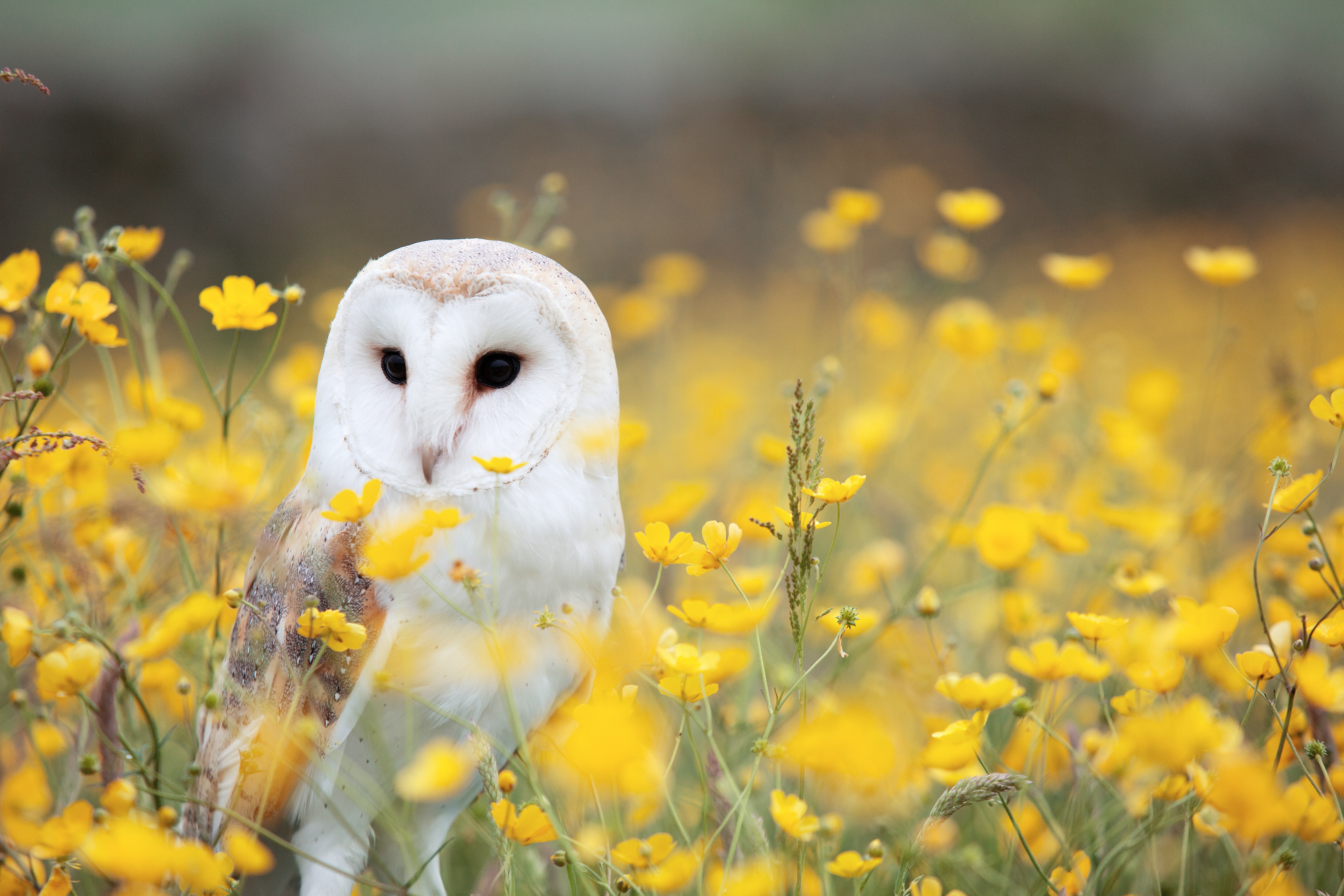Come with me to another place, a hall house perhaps, where torchlight glances off stone walls hung with scarlet and gold tapestries to keep out the bitter winter draughts; a world where people are not always kind to each other but they are at least allowed to meet – sometimes next the bridge, on horseback with a sword in hand – and sometimes in someone else’s bedchamber.
In another life (or so it seems) I have been a storyteller. Equipped with tales of dastardly deeds and magical spells, and together with my lovely friend B, we ran a story circle in a local venue.
Live storytelling is on hold for the moment of course although some have taken their art online. Part of me thinks it would take more ingenuity than even the great wizard of Earthsea possesses to create a suitable atmosphere online.
And yet? One of the things that struck me about the experience of telling stories to a live audience is that however digital and relentlessly modern society, and however mundane the hired room that surrounds, it still takes very little to transport us back in our imaginations to that forest, to sit round the fire, breathing woodsmoke, listening.
So again just for a moment or two, turn down the striplighting and all the neon, replace with fairy lights – the prettiest ones you can find. Add a tall, woven, round backed storyteller’s chair, some candles (sadly batteries essential these days – even the elves have a safety department now) a couple of low, round wooden tables that could double as mushrooms, and I’ll begin…
Once upon a time in a cottage deep in the forest there lived an old lady with two beautiful daughters…
How deeply the forest lies in all our psyches.

In the second volume of his Lord of the Rings trilogy, Tolkein wrote of Ents, the tree shepherds, guarding their ancient realm of Fangorn Forest where a conversation between trees may take years but it will be one well worth having. Other beings are scared to enter this forest, yet it is a place of mutual support, sustenance and regard where light, air and the earth’s nutrients are shared among all.
Our two intrepid hobbits Merry and Pippin ask Treebeard (the chief of the Ents) to marshall his forces in support of the war against Sauron and his odious orcs. Treebeard agrees to call a meeting – an Ent moot – to ask the others what they think. After some considerable days spent waiting Merry asks if a decision has been made, to which Treebeard replies: Yes. We have decided that you are not orcs.
It takes a long time to make a decision in Fangorn forest. Interestingly, the book presaged and foresaw the era of environmental catastrophe in which we now live in which Saruman the wizard who has gone to the bad, cuts down trees relentlessly to fuel his war efforts.
In a more scientific way Richard Powers’ stunning novel The Overstory references too the spiritual connections we are losing as we destroy the trees that have guarded over our air and our light for centuries. Powers’ book is more an elegy than a warning. It is almost too late for the latter. Yet there are still trees to save – and they are in our DNA. As are their stories. And there need be no idea of mutual exclusiveness between the realm of fantasy and the realm of science. Each needs the other.

Tolkein’s first book The Hobbit (1937) was written with World War 1 in mind and with the intention of warning against a second world war. (Jack Zipes, Spells of Enchantment, Viking, 1991). Zipes further warns against the saccharine “Disneyising” effect of the film industry and especially its sexual stereotyping. It is fair to add that Zipes’ book is now 30 years old and thankfully in the 21st century some effort is finally being made to address at least this latter point in films such as Frozen. It took a while.
In her collection of Essays No Time To Spare: Thinking About What Matters (Houghton Mifflin Harcourt) 2017, Ursula Le Guin writes:
The test of fairyland [is that] you cannot imagine two and one not making three but you can easily imagine trees not growing fruit; you can imagine them growing golden candlesticks or tigers hanging on by the tail.
There are many people it our own world it might be said who don’t like that it doesn’t have to be the way it is. People who are used to pursuing their own ends and being what is regarded in cultural terms as successful. They are happy that everything should stay exactly as it is. Within their control. People who have what Le Guin terms “rigid reality constructs” don’t like fantasy or the idea that things don’t have to be the way they are.
How, she asks, does the fantastic tale suspend the law of physics? There is a distinction, Le Guin tells us between It doesn’t have to be the way it is thus promoting the idea of other ways and other possibilities and “Anything goes” the latter invoking an idea of being completely irresponsible. The ultimate conclusion of the ‘anything goes’ philosophy is be damned to everyone and everything else.
Not everyone has such extreme views about reading fantasy fiction of course. Some just prefer to read something else – biography or crime or something – considering fantasy to be ‘escapist’. But then what is inherently wrong with escapism? As Le Guin points out, is not the purpose of an escape to move towards freedom?
And is not the whole point of literature to free the mind? So that we can truly believe it doesn’t have to be the way it is.




Comments